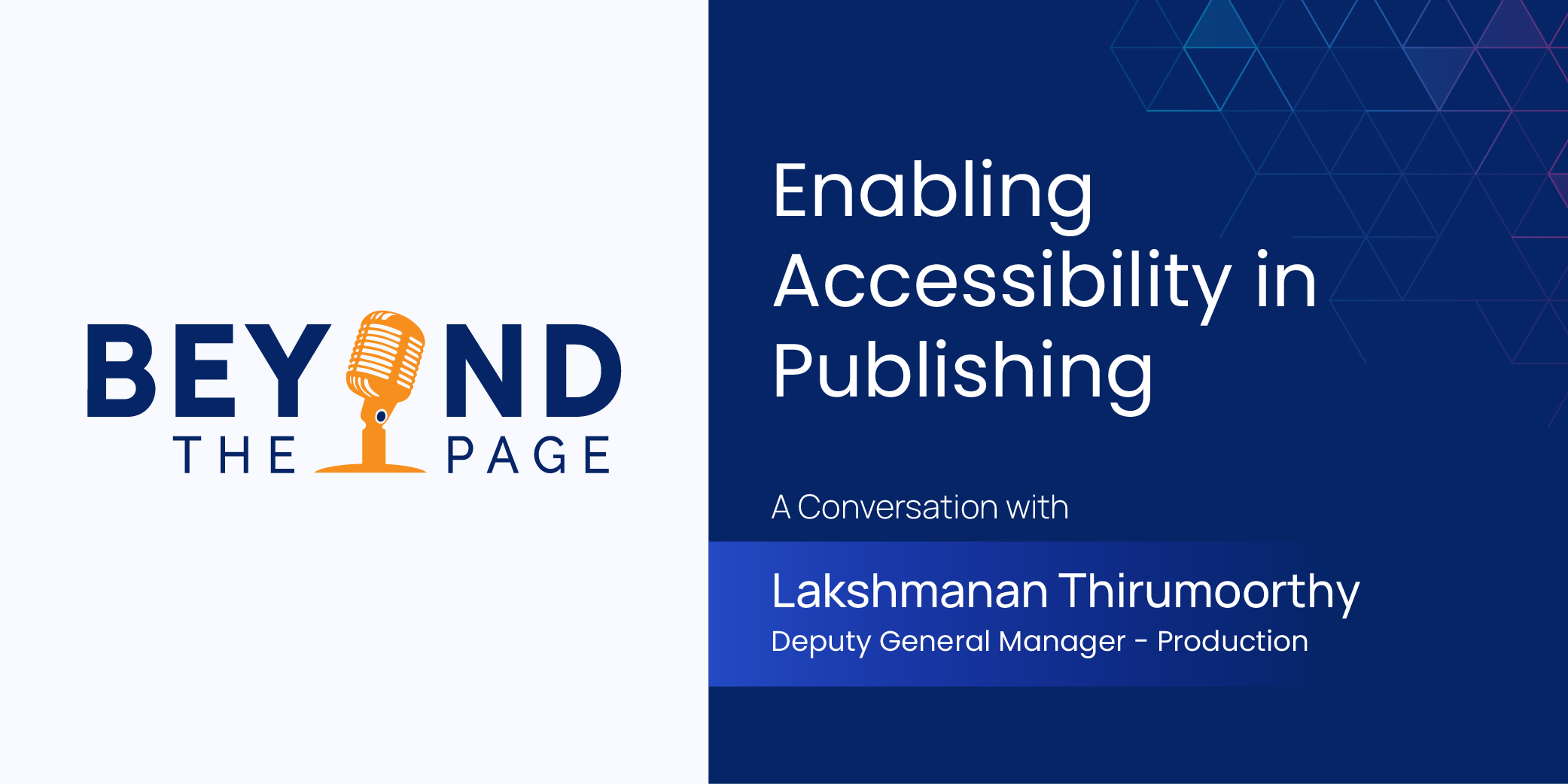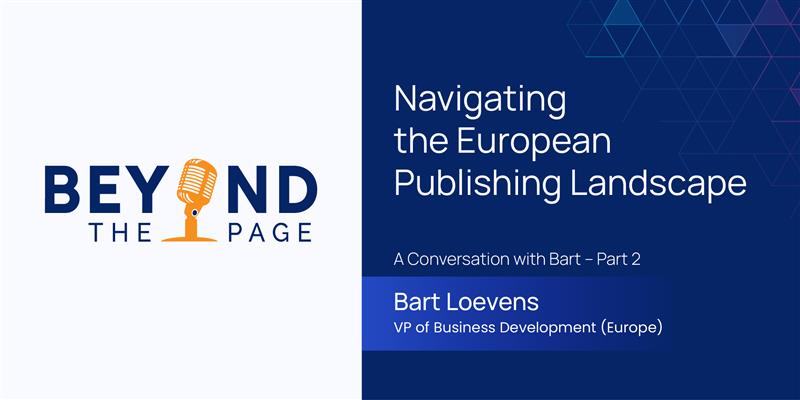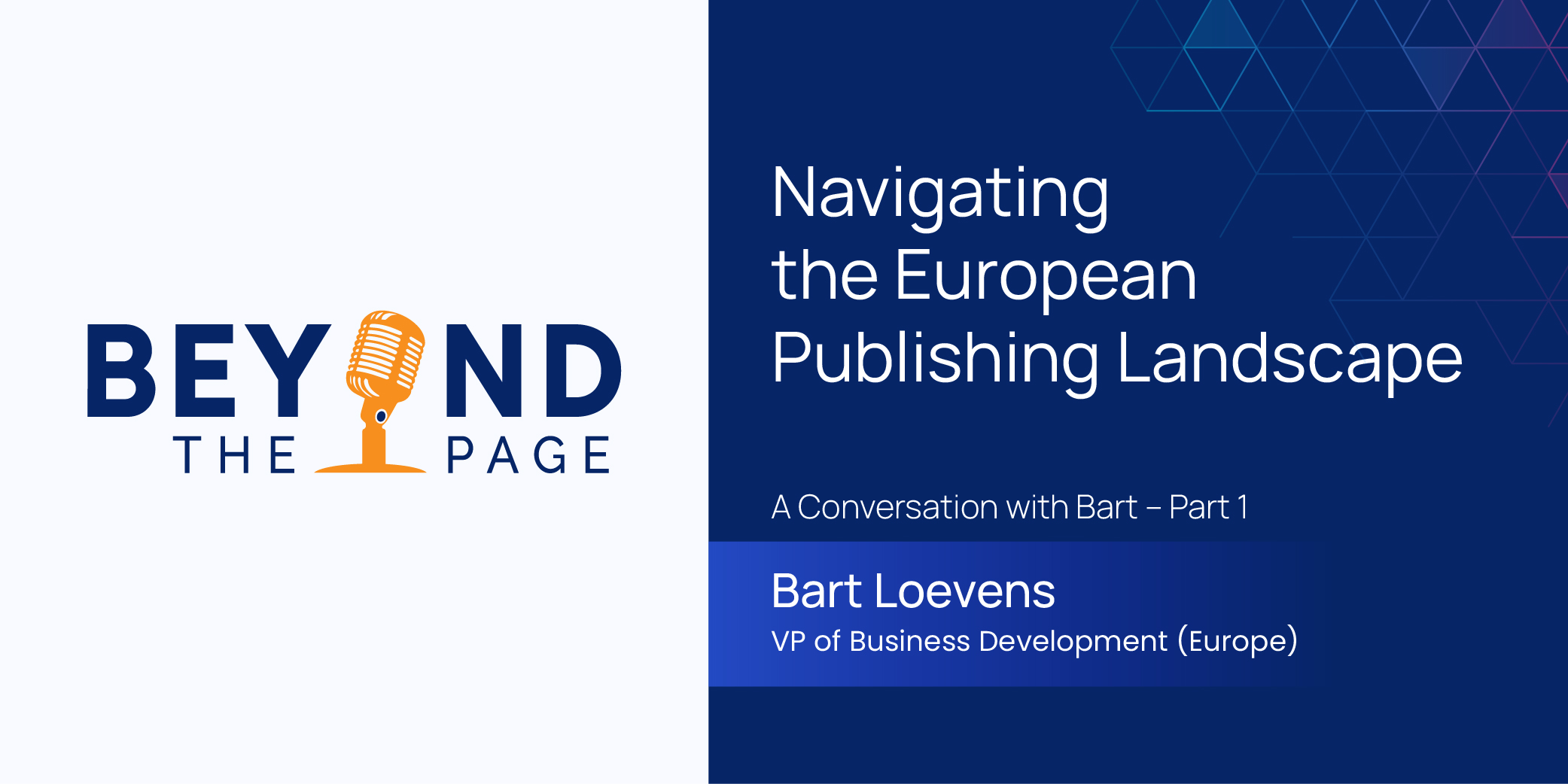Adapting L&D for the Future: Navigating Through Disruption

Embracing a Transformed Landscape
There are very few world events in our collective memory that have resulted in tectonic shifts in how we live, communicate, and conduct our businesses. The unforeseen global standstill in 2020, brought about by the pandemic, has significantly altered our outlook towards what lies ahead: an unpredictable future. The sudden surge of widespread application of Artificial Intelligence (AI) enabled capabilities, since 2022, has added a new lens with which we now have to look into the distant future. The impact is felt across businesses large and small alike, globally.
Identifying Key Challenges
As stakeholders in the global economy, we must take a moment to reflect on the disruptions around us, filter out the irrelevant, and focus on what matters most. Here are three significant disruptions that Learning and Development (L&D) and Human Resources (HR) professionals should be focusing on.
- Talent pipeline disrupted: Starting with the pandemic to the many global events and socio-economic disruptions, poses a serious challenge for organizations in attracting the needed skills to remain competitive.
- Accelerating skill gaps: Artificial Intelligence and Industry 4.0 are further widening the skill gap crisis at both ends of the demand-supply spectrum, posing a significant challenge to industries worldwide.
- Future of work: The World Economic Forum predicts a dramatic shift in the core skills required by the global workforce within the next five years, affecting every industry scrambling to redefine the future of work with many unknowns to tackle.
(This article is an excerpt from the eBook, Disruption-ready L&D: Ramp to Resilience. Download the eBook for a detailed read.)
Crafting a Strategic Response
In the face of these challenges, it’s crucial for organizations to reevaluate their talent management strategies. Questions about the changes an organization has undergone and its impact on job roles, and the new skill requirements are essential to navigate the current landscape.
Revisiting Foundational Elements
The concept of “the war for talent,” coined by McKinsey strategist Steven Hankin in 1997, is more relevant than ever. Addressing the current challenges boils down to three fundamental elements: Skills, Capabilities, and Competencies. It’s vital to focus on these basics to chart the next steps.
- Skills Matrix: A hierarchical structure categorizing the skills required for a job from basic to complex.
- Capabilities Framework: A set of skills and behaviors needed for success in a given role.
- Competency Framework: Models describing performance excellence within a business, encompassing multiple occupational roles.
Identifying Actionable Steps
Organizations should ask targeted questions about operational and non-operational skills and desired competencies. Developing a skills matrix and a competency framework, though daunting, can save significant management time and resources in adapting to new changes.
- Develop a list of new skills needed for various roles.
- Identify training interventions to upskill/reskill existing resources.
- Set clear learning goals, priorities, and training strategies.
- Foster industry-academia partnerships to build future skills.
Charting a Progressive Path
Senior executives need to ensure their teams are competent and equipped with necessary skills to stay competitive. A clear skills taxonomy and competency framework provide measurable business value and aid in management decision-making. Additionally, in the digital age, employees are eager to learn and improve their skillsets. Focusing on talent retention is crucial, as the cost of replacement is high and poses a risk to the organization’s bottom line.
In this era of rapid change, focusing on skills, capabilities, and competencies is essential for organizations to remain competitive and future ready. By asking the right questions and going back to the basics, companies can navigate the complexities of today’s business environment and prepare for an unpredictable future.
News & Insights

Enabling Accessibility in Scholarly Publishing – A Conversation with Lakshmanan Thirumoorthy

Navigating the European Publishing Landscape – A Conversation with Bart – Part 2


